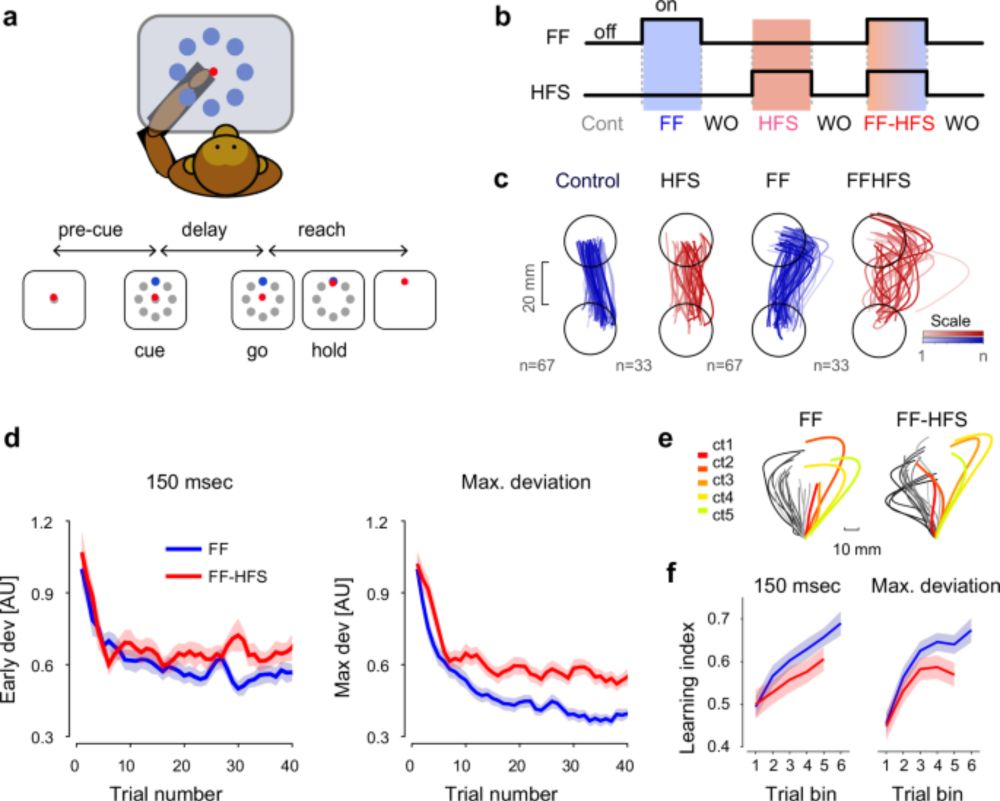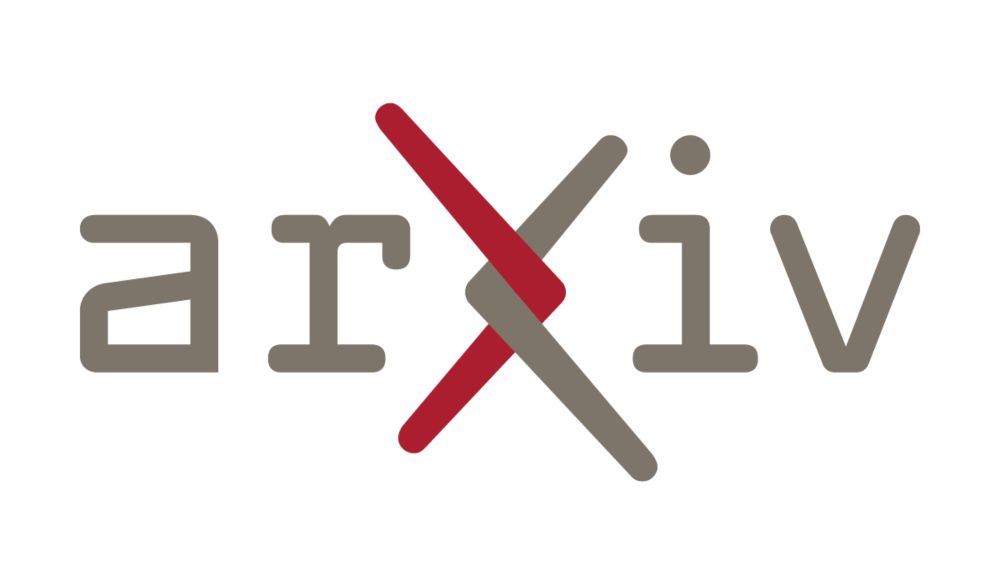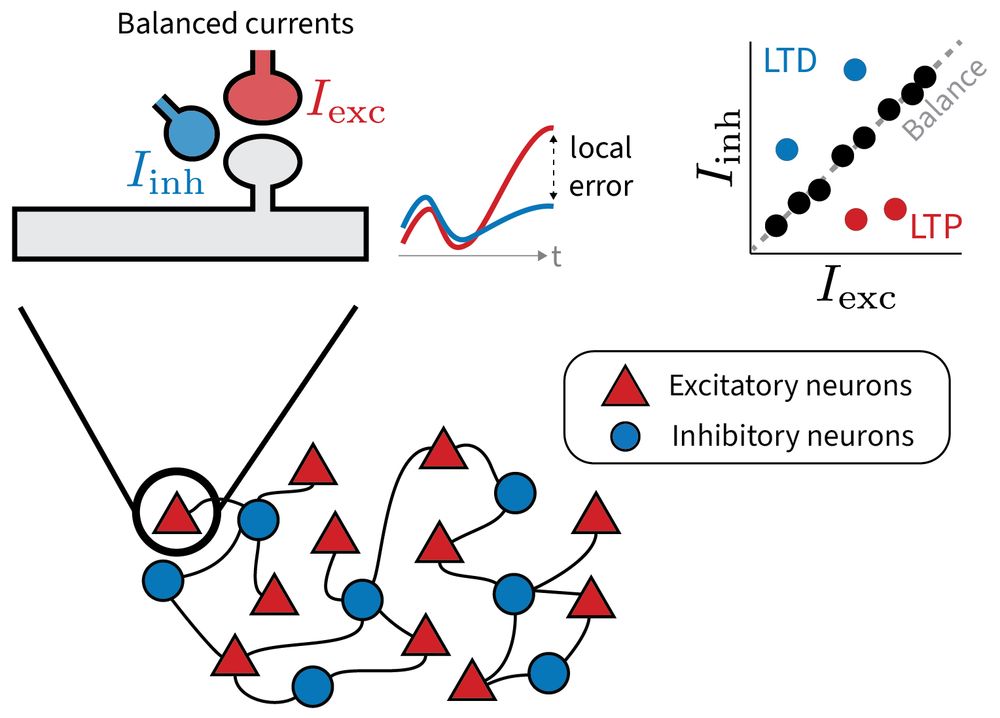Hugo Ninou
@hugoninou.bsky.social
150 followers
240 following
11 posts
I am a PhD student working at the intersection of neuroscience and machine learning.
My work focuses on learning dynamics in biologically plausible neural networks. #NeuroAI
Posts
Media
Videos
Starter Packs
Pinned
Hugo Ninou
@hugoninou.bsky.social
· Mar 22

Cerebellar output shapes cortical preparatory activity during motor adaptation - Nature Communications
Functional role of the cerebellum in motor adaptation is not fully understood. The authors show that cerebellar signals act as low-dimensional feedback which constrains the structure of the preparator...
www.nature.com
Hugo Ninou
@hugoninou.bsky.social
· Jun 13
Reposted by Hugo Ninou
Reposted by Hugo Ninou
Reposted by Hugo Ninou
Jonathan Kadmon
@kadmonj.bsky.social
· Mar 23

Training Large Neural Networks With Low-Dimensional Error Feedback
Training deep neural networks typically relies on backpropagating high dimensional error signals a computationally intensive process with little evidence supporting its implementation in the brain. Ho...
arxiv.org
Hugo Ninou
@hugoninou.bsky.social
· Mar 22
Hugo Ninou
@hugoninou.bsky.social
· Mar 22

Cerebellar output shapes cortical preparatory activity during motor adaptation - Nature Communications
Functional role of the cerebellum in motor adaptation is not fully understood. The authors show that cerebellar signals act as low-dimensional feedback which constrains the structure of the preparator...
www.nature.com
Reposted by Hugo Ninou
Joao Barbosa
@jbarbosa.org
· Dec 16
Reposted by Hugo Ninou
Antonino Greco
@agreco.bsky.social
· Oct 17
Hugo Ninou
@hugoninou.bsky.social
· Nov 29







